1410, PARKSON, 44-60 ZHONGSHAN ROAD, QINGDAO, CHINA
What are hoists?
A hoist is a device used for lifting or lowering a load by means of a drum or lift-wheel around which rope or chain wraps. It may be manually operated, electrically or pneumatically driven and may use chain, fiber or wire rope as its lifting medium. The most familiar form is an elevator, the car of which is raised and lowered by a hoist mechanism. Most hoists couple to their loads using a lifting hook.
A range of hoists which utilise a chain lifting method, a generally preferred option over their wire rope counterparts.
Chain hoists are probably the most common piece of machinery used to lift and lower equipment.They are designed to lift a load vertically using a hook connected to a chain which is then driven either manually, electrically, pneumatically or hydraulically. A chain hoist can be a permanent fixture for when a lift is commonly required within the same vicinity or temporary fixing for when a lift is required in several different locations infrequently.
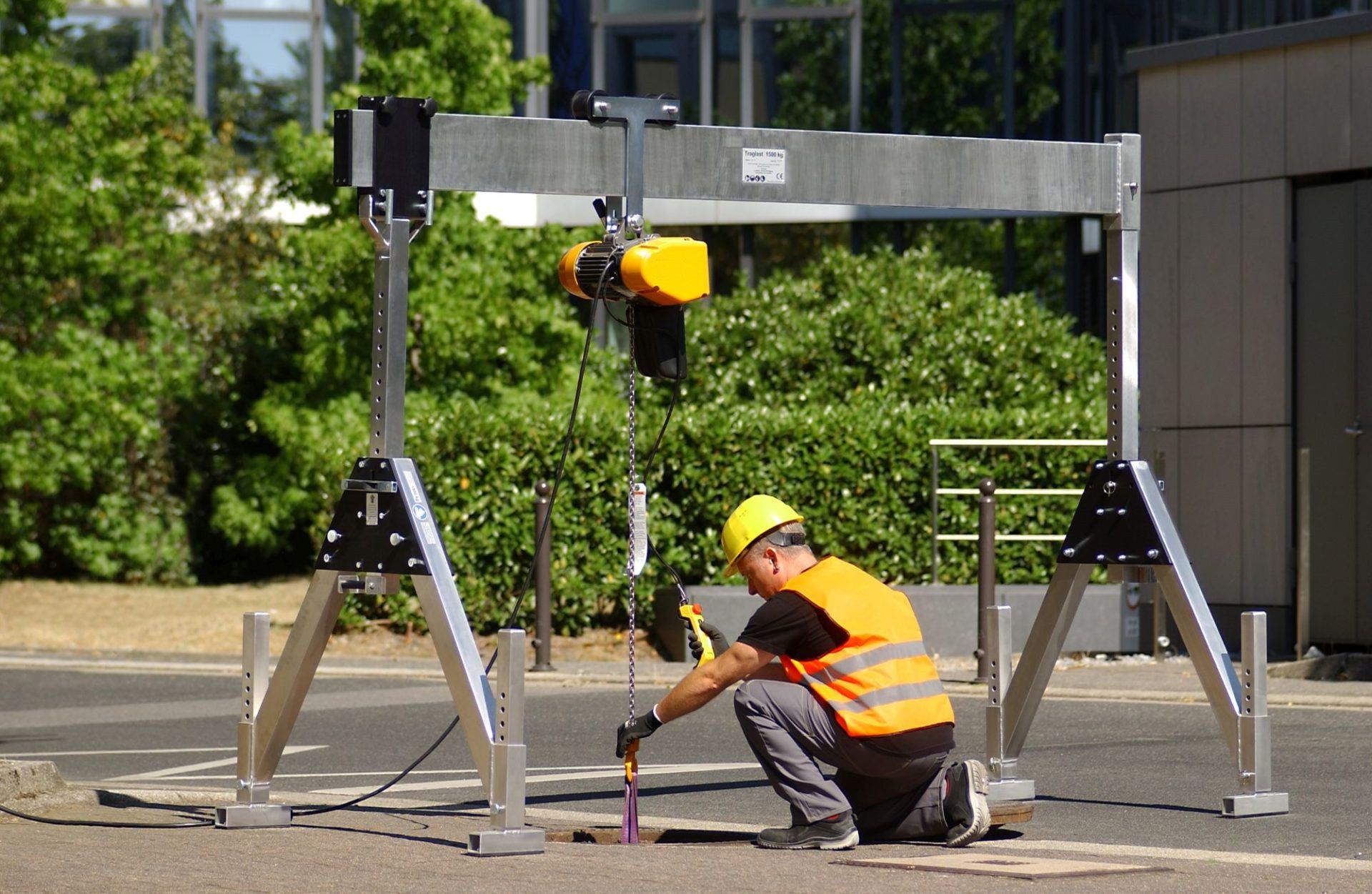
Hand Chain Hoists
Hand operated manual chain hoists (also commonly known as a chain block or block and tackle) are a piece of portable lifting equipment available in versatile configurations; they are very adaptable to the many alterative working scenarios and working environments including permanent and temporary installations.
The load to be lifted is usually attached to the bottom of the chain by the use of a lifting hook. A chain hoist may also be referred to as a chain block and can be supplied/designed to suit many lifting applications, chain hoists can come in a variety of drive/power options which are; Lever hoists which can also be known as pull-lifts or lever lift, Manual/hand chain hoists, Electric chain hoists, Pneumatic hoists(air powered) and Hydraulic hoists.
hand chain hoists combine heavy-duty construction with top-of-the-line internal components for the most demanding industrial applications. These hoists are built to withstand rugged, day-in, day-out use and they are easily maintained and repairable making them the perfect hoist for a long-lasting fleet of industrial products.
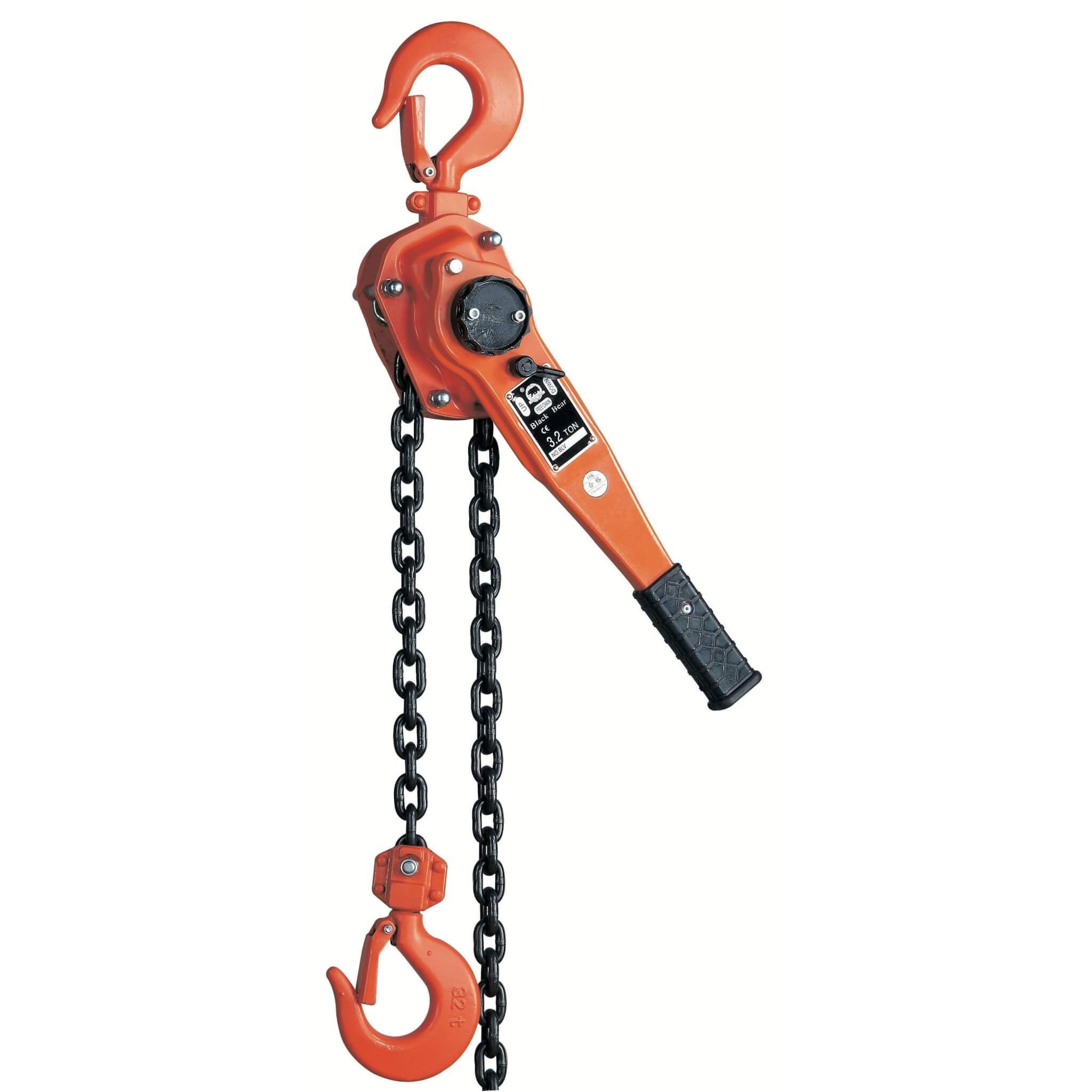
Electric chain hoists
Electric chain hoists provide true vertical lift, allowing you to lift the largest loads without worrying about swaying or swinging. These hoists also require little maintenance and can lift up to 10 tons thanks to high-strength chain and gear combinations.
An electric hoist, with a mains powered electric motor (generally 110v, 240v or 415v DC) and that utilises a chain to perform the lift, is often referred to by a more common term which is an 'electric chain hoist'. We can supply almost any type or brand of electric hoist from most major hoisting equipment manufacturers. We are also a supplier of a complete range of manual chain hoists, wire rope hoists and scaffold hoists that could possibly prove to be a better suited hoist for the more specific application.
Just about all of the hoists which we supply are also available with a full range of customisations and accessories to suit, which can add usability, practicality and functionality, that then in turn can ease user effort required, thus increasing productivity and possibly reducing overall production costs.
This particular type of hoisting equipment can be supplied with a variety of compatible options such as:
1Ph (single phase) electric - Generally 110v or 230v/240v
3Ph (three phase) electric - Industrial 400v/415v
Capacities ranging from 60kg up to 50000kg.
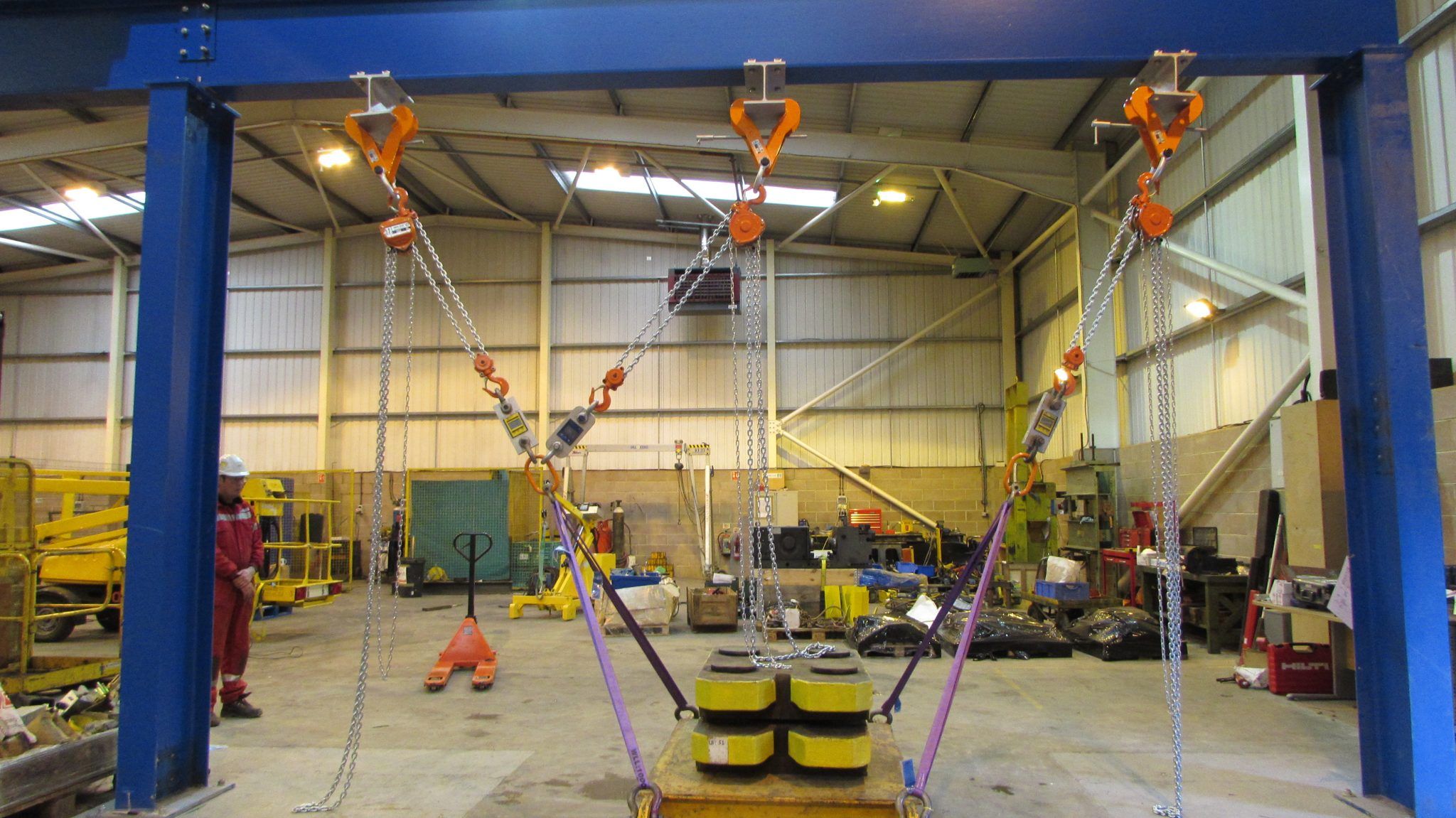
How to use?
Archimedes developed a more primitive pulley in 3 BCE, but that early pulley system has lead to the technology we have today. A chain hoist is a device used for lifting very heavy objects. It can be either mechanical or electric. It uses a pulley enclosed in a sealed chain. The chain is like a big loop and this renders it simple to work by hand. Learning how to use a chain hoist correctly can save you time and energy.
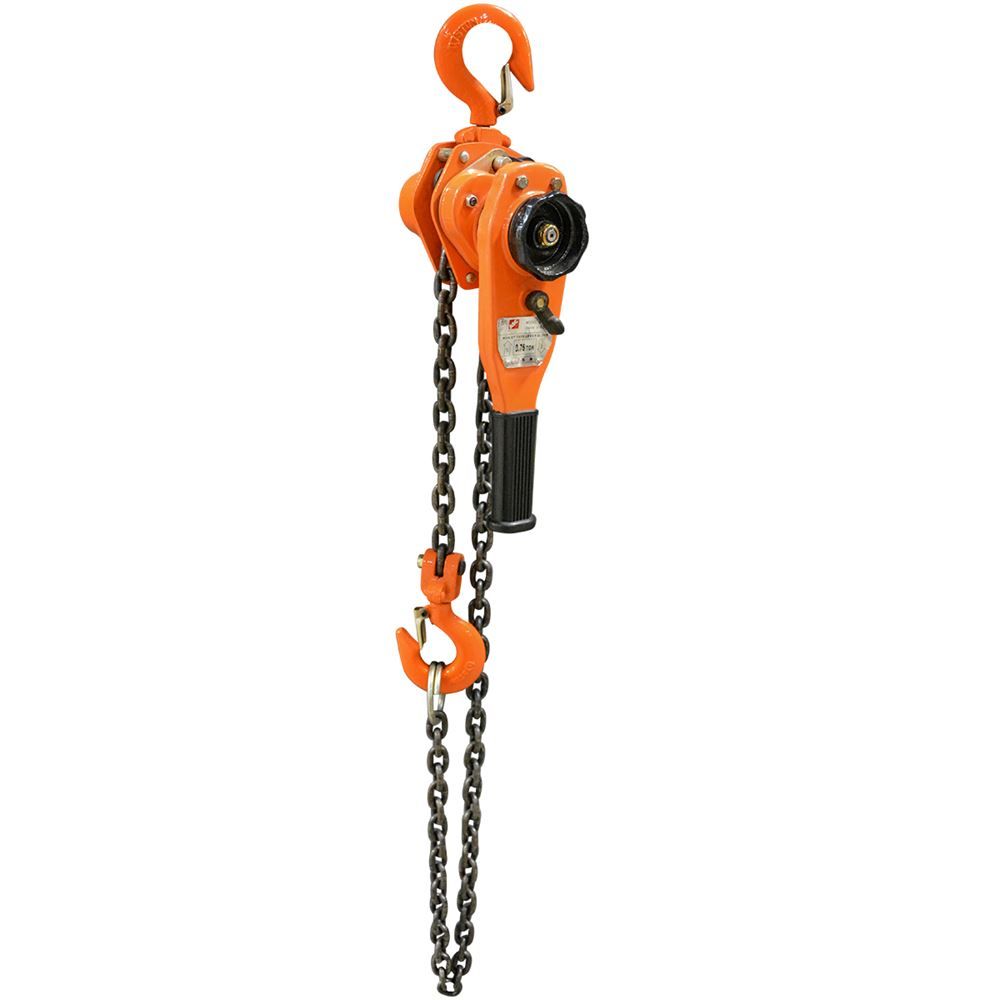 Step 1
Step 1Attach a connection hook to hold the hoist mechanism to the support system. Most chain hoists will come with this piece so check your tool first.
Move the chain hoist directly below the connection hook and lift up by the hook on top of it. Set the hoist hook onto the connection hook and let it hang down.
Place the load being hoisted under the chain hoist and straighten it out as much as possible. The more off center it is, the more twisting and straining will be put on the hoist chain.
Wrap the hoist's lower chains around the load below it and secure them as tightly as possible by slipping the hooked end of the chains into the furthest link on the other end of the chains. Removing this slack will make lifting the load easier and more efficient.
Pull the hoisting chain on the front side of the hoist towards yourself with long, straight movements. Keep pulling until you have hoisted the load as far as you need and slowly let go of the chain.
Lower the load again by pulling the chain from the opposite direction until it has safely landed on the floor.
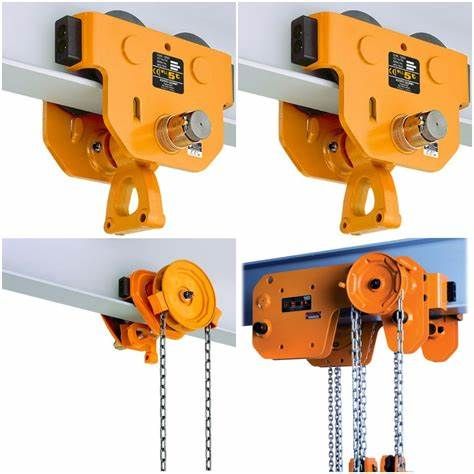
Tips for Using Hoists Safely
1.Choose the right size sling
2.Use the right hoist for the task
3.Inspect the equipment regularly
4.Don’t leave people unattended
5.Use the hoist correctly
6.Protect the hoist's load chain from weld splatter or other damaging contaminants.
7.NOT use load chain as a sling or wrap load chain around load.
8.NOT apply the load to the tip of the hook or to the hook latch.
9.NOT apply load unless load chain is properly seated in the chain wheel(s) .
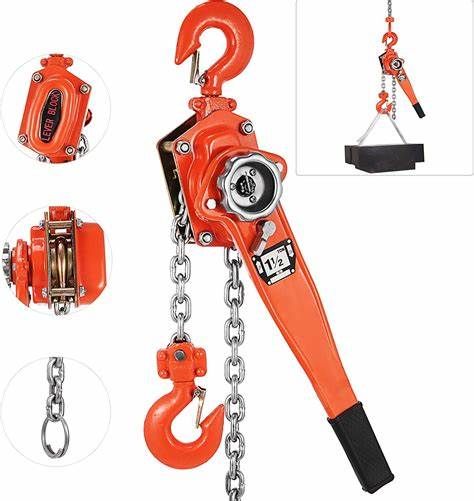
Find more information about Chain Hoists :
https://www.huahanmachinery.com/product/electric-chain-hoist.html